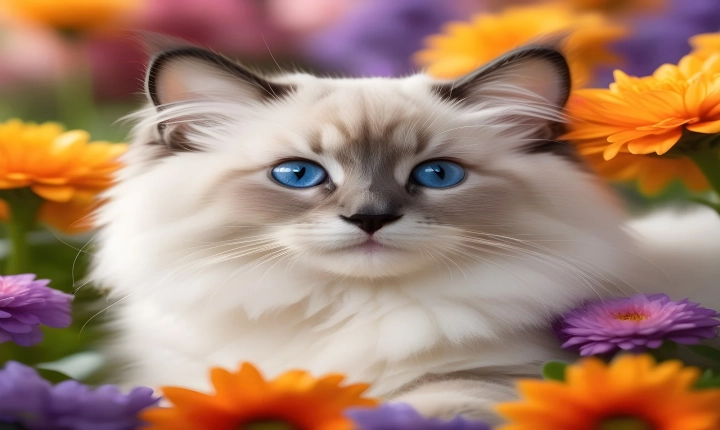The rise of artificial intelligence in the art world has sparked a heated debate about the potential for AI-generated art to be considered theft of the original artist’s work. With the increasing capabilities of AI to create stunning and often indistinguishable works of art, concerns have arisen about the ethics and legality of AI-generated art.
One of the main issues at the heart of this debate is the question of originality and creative ownership. Traditional copyright laws are based on the idea that an individual’s creative work is their intellectual property, and they have the exclusive right to reproduce and distribute their work. However, when an AI system is used to create art, the question of who should own the artistic output becomes more complex. Should it be the original programmer of the AI system, the owner of the AI system, or the AI system itself?
Some argue that the use of AI to create art is a form of theft, as it can replicate the style and techniques of established artists, potentially devaluing the original work. Others argue that AI-generated art should be considered a separate and unique form of artistic expression, distinct from traditional art, and therefore, the legal implications should be rethought.
The issue becomes even more complicated when considering the potential for AI-generated art to be sold and profited from. If an AI system creates a piece of art that is similar to an existing artwork, who should profit from the sale? Should the original artist be compensated, or should the proceeds go to the owner of the AI system? These are questions that traditional copyright laws are not equipped to address.
On the other hand, proponents of AI-generated art argue that the use of AI as a tool for creating art is no different from the use of any other creative tool. Just as a painter might use a particular type of brush or a writer might use a specific word processor, the AI system is simply a tool that can be used by artists to create new and innovative works. They also argue that AI-generated art can open up new possibilities and expand the boundaries of creativity, rather than detracting from the value of traditional art.
In response to these concerns, some have called for a reevaluation of copyright laws and an exploration of new frameworks for understanding and regulating AI-generated art. These frameworks would need to consider the unique nature of AI-generated art and address the issues of ownership, attribution, and compensation.
In conclusion, the question of whether AI-generated art constitutes theft of original art is a complex and multifaceted issue that raises important questions about creativity, ownership, and the future of art. As AI continues to advance and its capabilities in creating art expand, it is clear that the art world will need to grapple with these questions and work towards new solutions that balance the rights of artists with the potential for innovation and creativity offered by AI.
